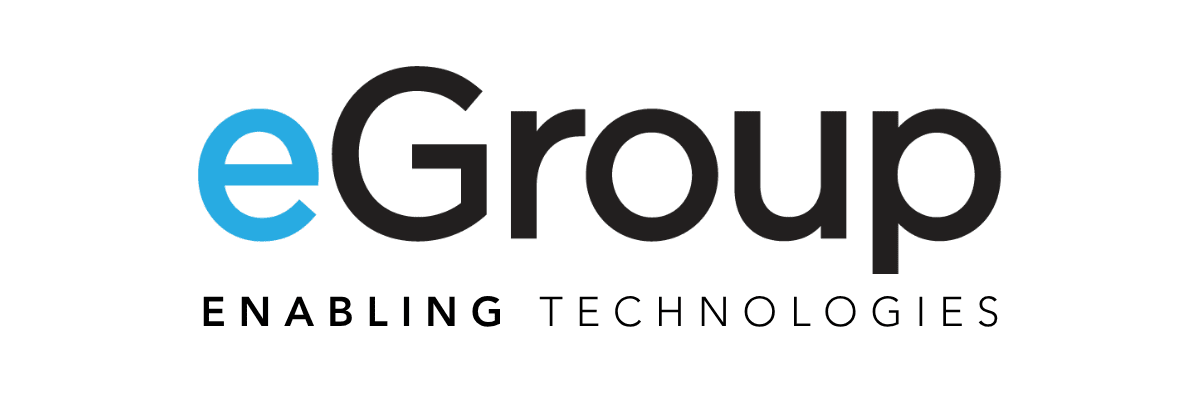AI is everywhere. It is one of those rare technologies that have fascinated so many people in such a short time. When it comes to deciding whether to adopt AI in their organization, business and technology leaders are divided into three groups. There is the vanguard, those pioneers who already have AI-enabled solutions up and running. Then there are the experimenters, trying out the new functionality in a test environment or, perhaps, launching a simple pilot or proof-of-concept to see what it can do. Then we have the majority of leaders—aware that they need to enable AI in their organization but unsure how to begin—and wondering how to identify the ideal use case for testing AI. Do you belong to this third group? Well, then keep reading, this article is for you.
Finding opportunity for AI in an organization does not have to be hard or daunting. It all comes down to how individuals embrace creative brainstorming. Once again, the rule of three applies because at eGroup Enabling Technologies, we approach discovery using three different approaches. Let’s explore each in turn…
Watch & Learn
Many individuals possess the ability to apply one situation to another; to connect the dots, so to speak. If you are capable of easily making associations, then the best path forward might be to simply absorb stories of how others are applying AI. Watch a video that explains AI capabilities or browse a website and learn what a product set can do. Many websites also contain use cases, or stories, about how organizations have deployed AI to solve problems. If you need someone to brainstorm with, reach out to your favorite consultant and have them discuss what they are seeing out in the wild. As you learn, consider how your discoveries relate to challenges that you have seen in your organization.
Findings & Indicators
An alternate approach is to look inside your organization and engage with leaders and individual contributors to understand where they are experiencing pain points in their various daily activities. What should you be looking for?
Here are the top indicators that can lead you to find your AI opportunities:
- Manual, Repetitive Tasks: This is the simplest and most obvious indicator, but it does take some process mapping to find these tasks. Once uncovered though, they are relatively easy to address, and your workforce will be thankful to be rid of these mundane tasks.
- Proprietary Process Knowledge: Every organization has those “indispensable” individuals who can never go on vacation because nobody else knows how to do their work. Take the time to learn and document the underlying business processes. What many feel are an unassailable set of tasks can be broken down into a set of rules—rules that are very often poised for automation via AI.
- Email-Based Approvals and Routing: Simply keep an eye out for those paperclips in email messages indicating documents being passed around via attachments. Many times these messages contain requests to review, provide feedback on, and/or approve content. Even worse, there are often more than two individuals involved in the process. These situations are primed for workflow automation, logic-based routing, and decision-making rules—all capabilities that AI can streamline.
- A Preposterous Abundance of Spreadsheets: Few organizations use Excel purely for data crunching. The ubiquitous spreadsheet tool manages projects, tracks to-do lists, outlines process flows, and in some extreme cases, runs entire team business processes. The presence of too many spreadsheets can be an indicator that an organization or team is doing things because “that is the way it’s always been done,” and that the use of spreadsheets was an acceptable way of working when a business process was started but has not been revisited or re-evaluated. Let AI be the catalyst to finally optimizing your processes, and let Excel just be Excel.
- Growth is Disproportionately Dependent Hiring More People: We all want our businesses to grow and would love that growth not to be solely dependent on hiring more people. Even worse is when scaling processes lead to inefficiencies and workforce expenses rise faster than the related revenue. There is no denying that there are tasks that require human expertise, but AI can complement people-talent and, as mentioned above, remove the mundane and repetitive.
Revisiting the Past
Do the approaches above not align with your way of thinking or seem daunting in their scale? We have one other suggestion for you. We all have project wish lists—that collection of projects that historically have been too cost prohibitive to implement, too difficult to tackle, or too elusive for technology to solve. Now is the time to dust off that binder containing old roadmaps and evaluate whether AI can be applied to those forgotten projects. In relation to this, we’ve coined a new term at eGroup Enabling Technologies:“unautomatable.” These are the the projects and processes that have been dismissed in the past. The advent of AI capabilities will likely allow you to reconsider these “unautomatable” processes with renewed optimism and vigor.
Finally, if all else fails, what is the “one thing” that you wish could be solved tomorrow? What issue has been a thorn in your side for too long? Examine those problems and see if AI can provide a feasible solution to your wish. Artificial Intelligence isn’t necessarily magical pixie dust that solves all your needs, but if you want to see how you can possibly apply AI in your business, use one or more of the approaches above to analyze your business and we are confident that you will find your starting point. Happy hunting!
Need Help Identifying Use-Cases for AI?
Contact our team to schedule an AI-Action Accelerator workshop.



